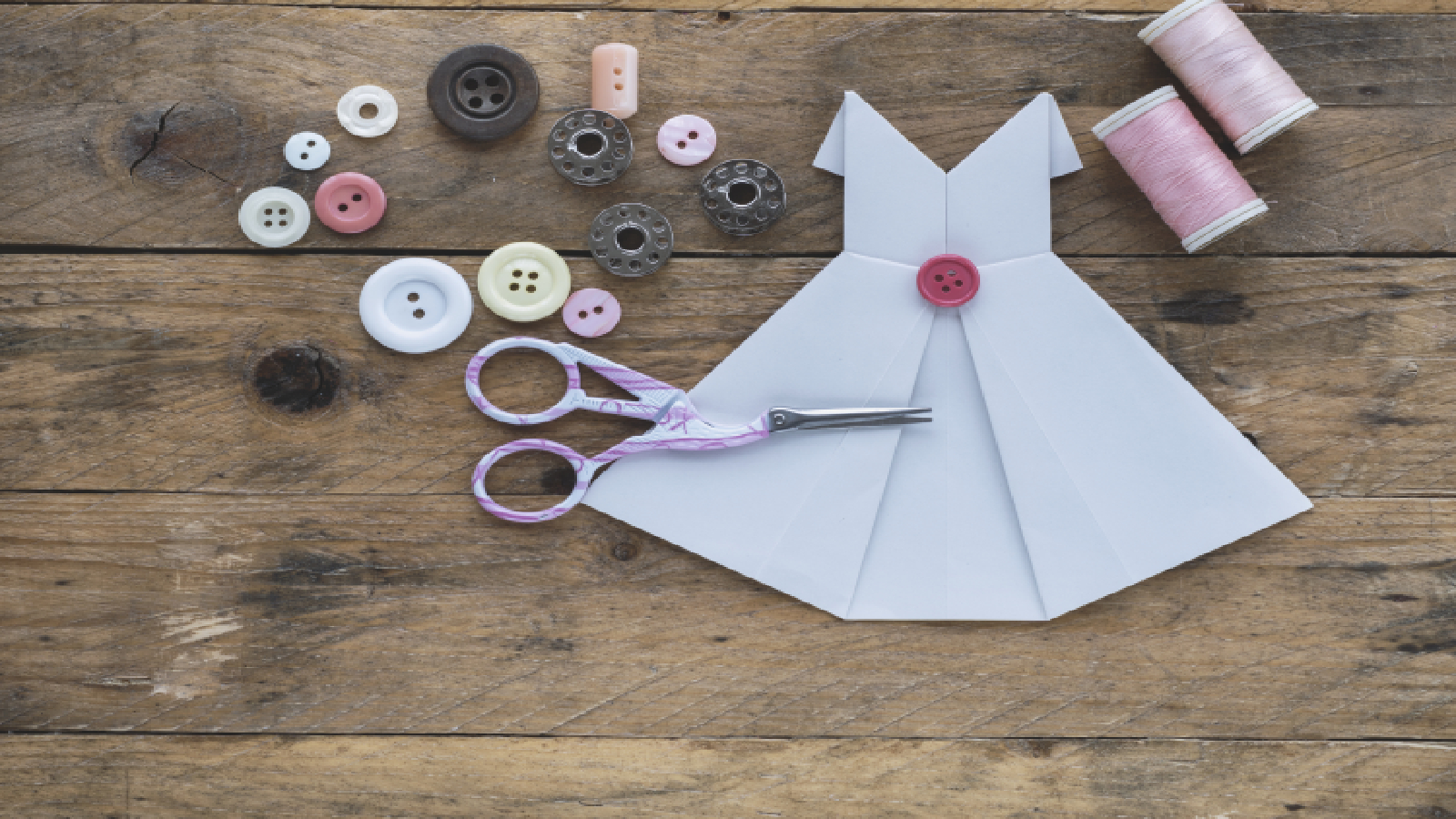How to do paper sewing
Can you sew paper? We show you how to do paper sewing for fun craft projects


Paper sewing is easy once you know our top five tips to get you started. Once you realize that it’s just a process of punching holes and joining the papers together with thread, just like sewing fabric, it becomes very simple. So take a look at our guide to this creative technique that can be applied across a whole host of crafts, from card making to embroidery.
You will need a sewing machine to start paper sewing, so we've rounded up the best sewing machines for every budget.
Paper Sewing: Our top tips
1. Pick the right paper
The type of paper is important too. A very thin and flimsy paper will be fragile to work with, so opt for a slightly thicker paper or card stock to ensure your design turns out the way you want it to.
2. Prep the sewing machine
The first thing you need to do is get your sewing machine ready for paper sewing. Begin by changing your machine needle to one that has seen better days. Paper sewing blunts your needle so it makes sense to start off with one that’s already a little worn.
3. Adjust the stitch length
Next, you’ll need to set the stitch length and, if you’re using a zig-zag stitch, the stitch width too. The further apart your stitches, the less likely the paper is to tear and rip whilst you’re sewing. So when it comes to paper sewing, the bigger the stitch the better.
4. Sew on the "right" side
Remember, you won’t be able to turn the paper the right side out afterward, so always sew on the right side. This means the wrong side of the stitches will show the paper punches underneath, so you might want to disguise this with a piece of paper glued on as backing.
5. Use paperclips instead of pins
Pinning and tacking fabric together is essential to making sure your stitches stay on track. When it comes to paper, you’ll need to be even more accurate as once you’ve punched a hole in the paper it can’t be undone. A good alternative is paperclips or bulldog grips. Just make sure to put something protective underneath the bulldog grip so it doesn’t mark your paper.
Sign up for the woman&home newsletter
Sign up to our free daily email for the latest royal and entertainment news, interesting opinion, expert advice on styling and beauty trends, and no-nonsense guides to the health and wellness questions you want answered.
6. Rotate the foot
When sewing curves on your paper, stop sewing at the beginning of the curve and, with the needle positioned down, lift up the presser foot, rotate the paper and drop the presser foot down before beginning to stitch again.
This is a great technique to try out with children if you’re trying to teach them some sewing basics – after all, it’s far cheaper to experiment on paper rather than fabric!
Remember we've got lots more quick and easy sewing projects if you're looking for inspiration.

Group Homes Director and in-house craft expert, Esme Clemo has over 10 years’ experience working in the magazine industry as a homes journalist. Having completed an interior design course with the University of Arts London, she’s now embarking on her second home renovation, DIYing her way through building and decor projects - meaning she has a very hands-on approach when it comes to testing out products for our reviews.